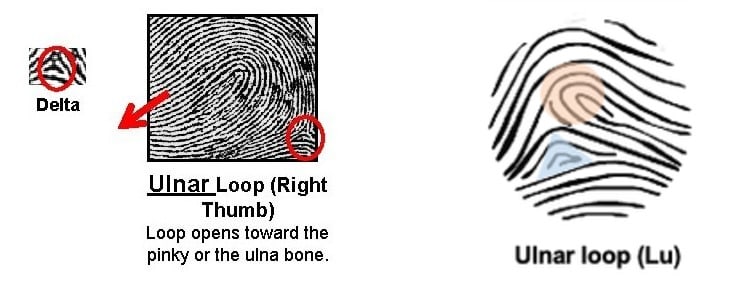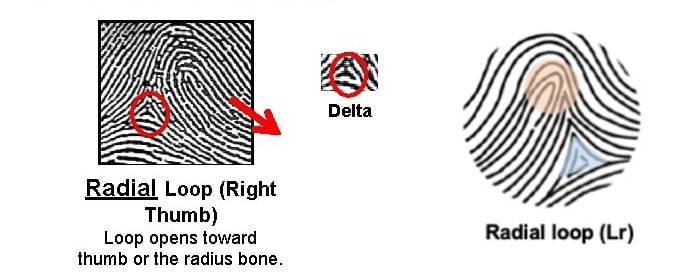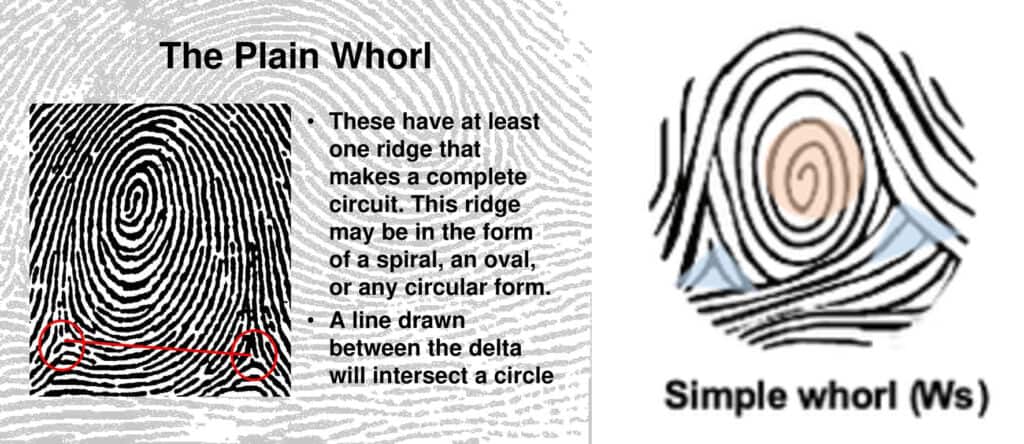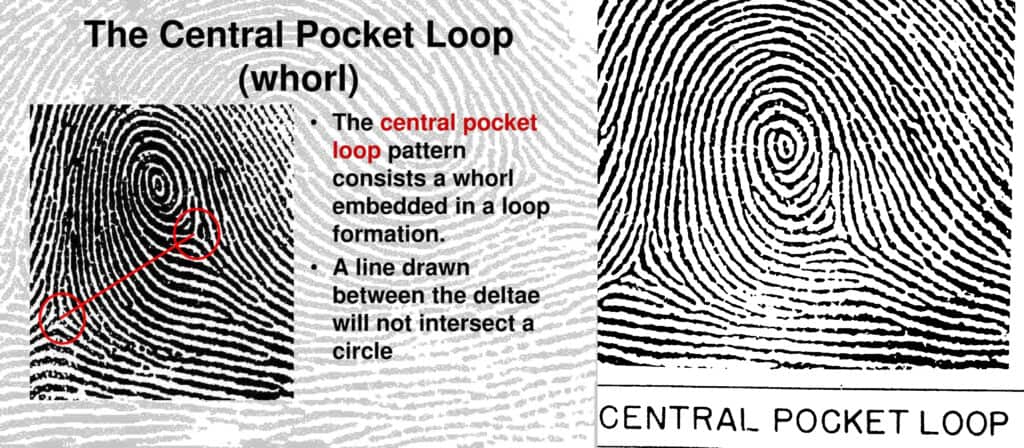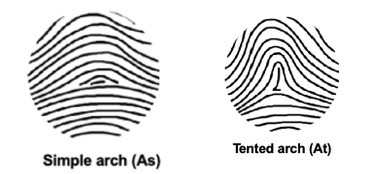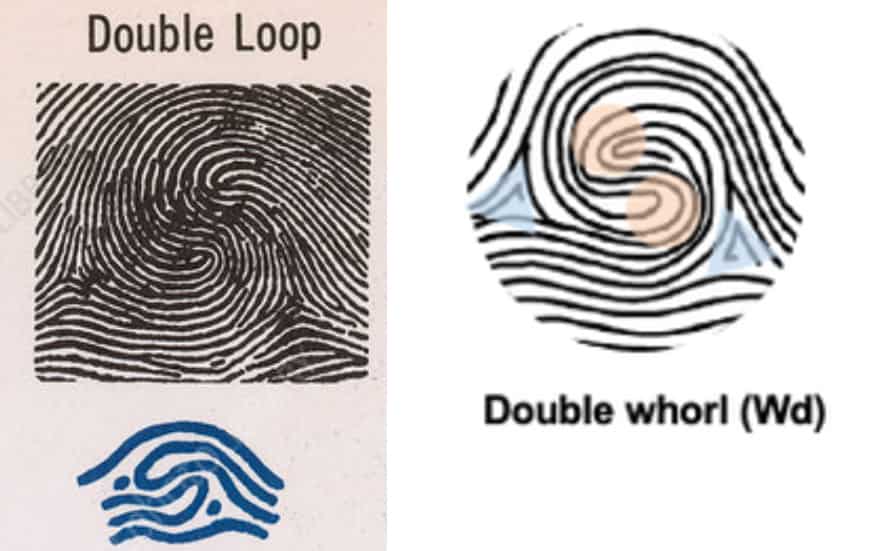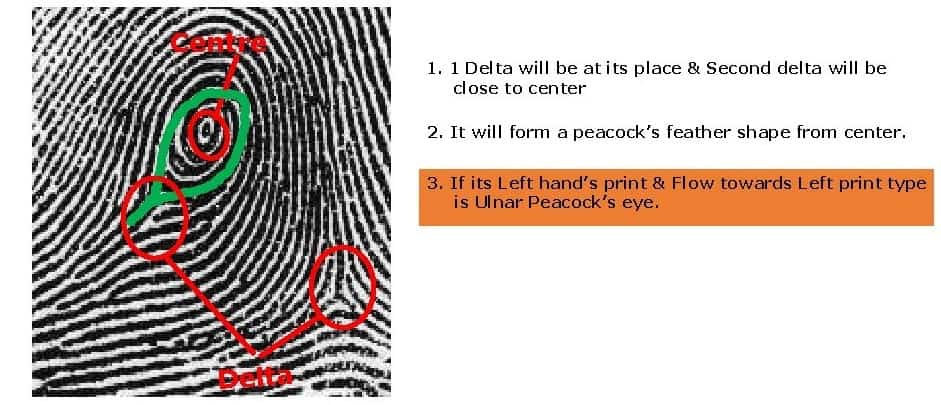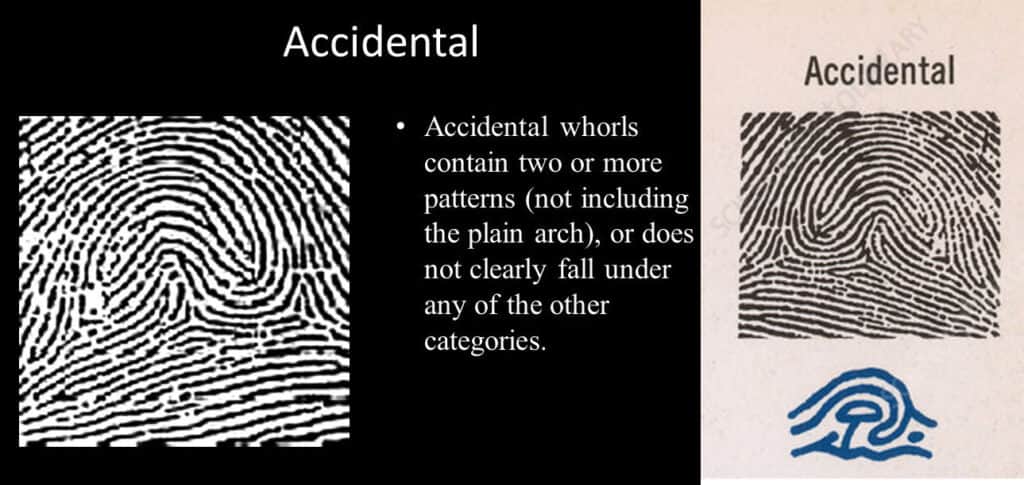Technology has transformed a lot since the 19th century when criminal investigators started using fingerprinting or identifying people by their fingerprint impressions. Fingerprints have unique patterns and deltas that can identify different types of swirls, classified as Loops, Whorls, and Arches. Delta lines are also important because they help with ridge counting and determining the right swirl type.
Three main types differentiate by little ridges and swirls at the end of the person’s thumb and fingers. Institutions such as schools, banks, prisons, and hospitals use fingerprint recognition for safety reasons. But palmistry or hand readers believe you can discover many things about a person based on their fingerprint type.
Many people tend to have a combination of different swirls and ridges when it comes to their fingerprints, and sometimes it’s difficult to determine just one type on all fingers. No two people have the same fingerprints, including identical twins. As we don’t share fingerprints with anyone in the world, your fingers don’t share the same patterns and swirls either.
Even with this rarity of fingerprint identification, experts have agreed on different types and subtypes that we can all share. This list aims to identify the rarest fingerprint in the world.
8. Ulnar Loop
Key Points: Left hand, Ridges coming from the left side
How Many People Have it: 60/70% of the population

photo source: Slide To Doc
Ulnar Loop is one of the most common fingerprint types and a subtype of Loop fingerprints. The Ulnar loop is characterized by its loop ridges coming from the left, swirling in a half-circle from the thumb to the pinky or the little finger on your hand.
This loop type gets its name after the bone in the forearms called the ulna. You can identify ulnar loops on your fingers by counting the ridges on the print. If the ridges are denser, coming from the left side, especially if it’s on your left hand, you have ulnar loop fingerprints.
Did you know?
Some studies show that ulnar loops can help with a breast cancer diagnosis, among other estimates of health risks. Ulnar loops are more common in females.
7. Radial Loop
Key Points: Right hand, Ridges coming from the right side
How Many People Have it: 60/70% of the population

photo source: Slide To Doc
Radial Loop fingerprints are similar to Ulnar Loop fingerprints. – The Ulnar loops are found more on the left hand, but Radial loops are more common on the right hand. Moreover, Ulnar loops swirl from the left to the pinky, while Radial loops swirl from the right side or from the little finger to the thumb.
Radial Loops get their name from the radius bone, located in the forearm, along with the ulna. This subtype of Loop fingerprints is commonly found on the index finger, while it is rare on the other fingers. The counterpart to Ulnar loops, Radial loops are more common types in males.
Did you know?
There are some personality characteristics connected to swirls on fingertips. One of those is that Radial loops are found more in extroverted people (11.1%) than among introverts (4.5%). Radial loops are also more common in Europe and southern Africa.
6. Plain Whorl
Key Points: Two deltas, Circular shapes starting in the center of the print
How Many People Have it: 25/35% of the population

photo source: Slide Player
Plain Whorl is a subtype of Whorl fingerprints. It is not as common as the Loop fingerprints, but it is the most common of the Whorls. Loop and Whorl fingerprints have deltas, or points on the skin where different swirls meet, usually on the sides of the fingerprints.
While Loop fingerprints have only one delta because of the simpler swirl pattern, Whorl swirls have two or more deltas, resulting in a complete circle, spiral, oval, or any similar-shaped circuit. This circular pattern is not broken in any way by other fingerprint lines.
Did you know?
Whorls get their name from looking like tiny whirlpools in the middle of the finger’s cushion. This type of fingerprint is common on the index, ring finger, and thumb. The main difference between Whorls and other fingerprints is that Whorls start in the middle, creating circular shapes to the edges.
6. Plain Whorl
Key Points: Two deltas, Circular shapes starting in the center of the print
How Many People Have it: 25/35% of the population

photo source: Slide Player
Plain Whorl is a subtype of Whorl fingerprints. It is not as common as the Loop fingerprints, but it is the most common of the Whorls. Loop and Whorl fingerprints have deltas, or points on the skin where different swirls meet, usually on the sides of the fingerprints.
While Loop fingerprints have only one delta because of the simpler swirl pattern, Whorl swirls have two or more deltas, resulting in a complete circle, spiral, oval, or any similar-shaped circuit. This circular pattern is not broken in any way by other fingerprint lines.
Did you know?
Whorls get their name from looking like tiny whirlpools in the middle of the finger’s cushion. This type of fingerprint is common on the index, ring finger, and thumb. The main difference between Whorls and other fingerprints is that Whorls start in the middle, creating circular shapes to the edges.
5. Central Pocket Whorl
Key Points: Two deltas, Combination of Loop and Whorl
How Many People Have it: 25/35% of the population

photo source: Slide Player
Another Whorl pattern on this list, Central Pocket Whorl, is a combination of both Loops and Whorls. The pattern looks like a loop but with a small whorl inside. Moreover, it resembles a rose or a flower bud. Central Pocket has two deltas, like all whorls have, with a circular-shaped circuit in the middle.
The main difference between Plain and Central Pocket whorls is that Central Pocket has an imaginary line drawn between the two deltas without touching the central pocket. However, Plain whorl has the same imaginary line between deltas that can touch or cross at least one ridge within the middle of the swirl.
Did you know?
Hand readers can identify a lot about a person’s character based on the way their fingerprints swirl. For example, Loop fingerprint people are flexible and easygoing in everyday life, while Whorl fingerprints are highly focused and independent.
4. Plain Arch
Key Points: Wave-like features, No loops or whorls
How Many People Have it: 5% of the population

photo source: Technology Networks
Arch fingerprints are the rarest principal type, with a 5% estimate of the world’s population having it. Plain Arch is the subtype of Arches with wave-like swirls. The ridges enter the fingerprint from one side, arching at the top of the fingertip cushion before exiting on the other side.
Plain Arches have a softer point at the tip, with no loop or whorl swirls. Arch-type fingerprints are uncommon on all fingers, but it is rarest on the pinky or the little finger. They are far more common on index fingers.
Did you know?
Tented Arch fingerprints are also a subtype of Arches. The main difference between Plain and Tented arches is that Tented has a sharper ridge at the top of the fingerprint. Concerning certain characteristic traits, Arch fingerprints are associated with responsible and consistent people.
3. Double Loop
Key Points: Double Loops, Combination of Loop and Whorl
How Many People Have it: N/A

photo source: Science Photo
Also called Double Loop Whorls, this combination of loops and whorls has two separate loop formations in the center of the fingerprint with two deltas that do not meet anywhere. It is unknown how many people have it, but it’s one of the rarest types of fingerprint swirls.
The two loops don’t meet anywhere, coexisting almost like a yin-yang pattern on the cushion of the fingerprint, but it’s not easy to determine when somebody has it. If swirls use the same line to form loops without a valid core in the middle of both loops, then it’s most likely not a Double-loop fingerprint.
Did you know?
Fingerprints and their ridges form in the first 10 to 15 weeks of the fetus’ time in the womb. Before this, the fetus usually has smooth pads until they get absorbed back into the hand, where ridges form.
2. Peacock’s Eye
Key Points: Tiny whorl in the middle of a loop
How Many People Have it: N/A

photo source: Slide To Doc
Peacock’s Eye is a rare subtype of Whorl fingerprints. Similar to Central Pocket whorls, Peacock’s Eye gets its name from the tiny whorl inside a loop on the cushion on the fingertip. It is an uncommon pattern on all fingers, mostly found on ring fingers.
Double-loop and Peacock’s Eye patterns are also called glyph patterns because some people think they are god-given fingerprints. Peacock’s Eye is also considered a lucky fingerprint in Palmistry or the art of hand reading, as some believe it means you are protected from accidental death by some higher force.
Did you know?
It is unknown how many people have this type of whorl inside a loop on their fingerprints due to being challenging to distinguish it from other loops and whorls. Supposedly, people with this type of swirl are perfectionists with a good eye for details.
1. Accidental Fingerprint
Key Points: Irregular combinations of different patterns
How Many People Have it: N/A

photo source: Slide Player
The rarest fingerprint pattern is called the Accidental pattern. This one-of-a-kind pattern can contain two features of any fingerprint pattern – from tented arch to loop or whorl combinations. Some consider it a subtype of Whorl patterns due to the natural way fingerprints swirl.
The shape is almost impossible to determine, as every Accidental fingerprint is shaped irregularly. The pattern combines two deltas that can or cannot meet in any way around the finger, depending on the print. This pattern is rare on the index finger and extremely rare on all the other fingers.
Did you know?
Fingerprinting or identifying criminals with their fingerprints has been around since 1892 when an Argentine chief police officer Juan Vucetich caught a murderer by comparing her fingerprints to those found at the crime scene.

